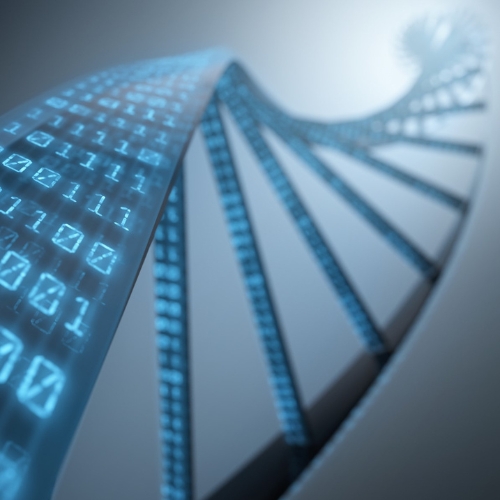Key points from article :
Synthetic cells made by combining components of Mycoplasma bacteria with a chemically synthesised genome.
Can grow and divide into cells of uniform shape and size, just like most natural bacterial cells.
In 2016, researchers at the J. Craig Venter Institute in San Diego created synthetic minimal cells (JCVI-syn3.0).
They weren’t splitting uniformly to produce identical daughter cells.
“Creators had thrown out all the parts of the genome that they thought were not essential,” - Elizabeth Strychalski, lead researcher.
Added seven genes to JCVI-syn3.0 to produce a new synthetic cell, to restore normal, uniform cell division and growth.
Two of the seven genes were known to be involved in cell division.
"Synthetic cells are a tool for both basic research and biotechnology," - Kate Adamala at the University of Minnesota.
“Potential applications are vast, in agriculture, nutrition, biomedicine and environmental remediation,” - Jef Boeke at NYU.
Research published in the journal Cell.





